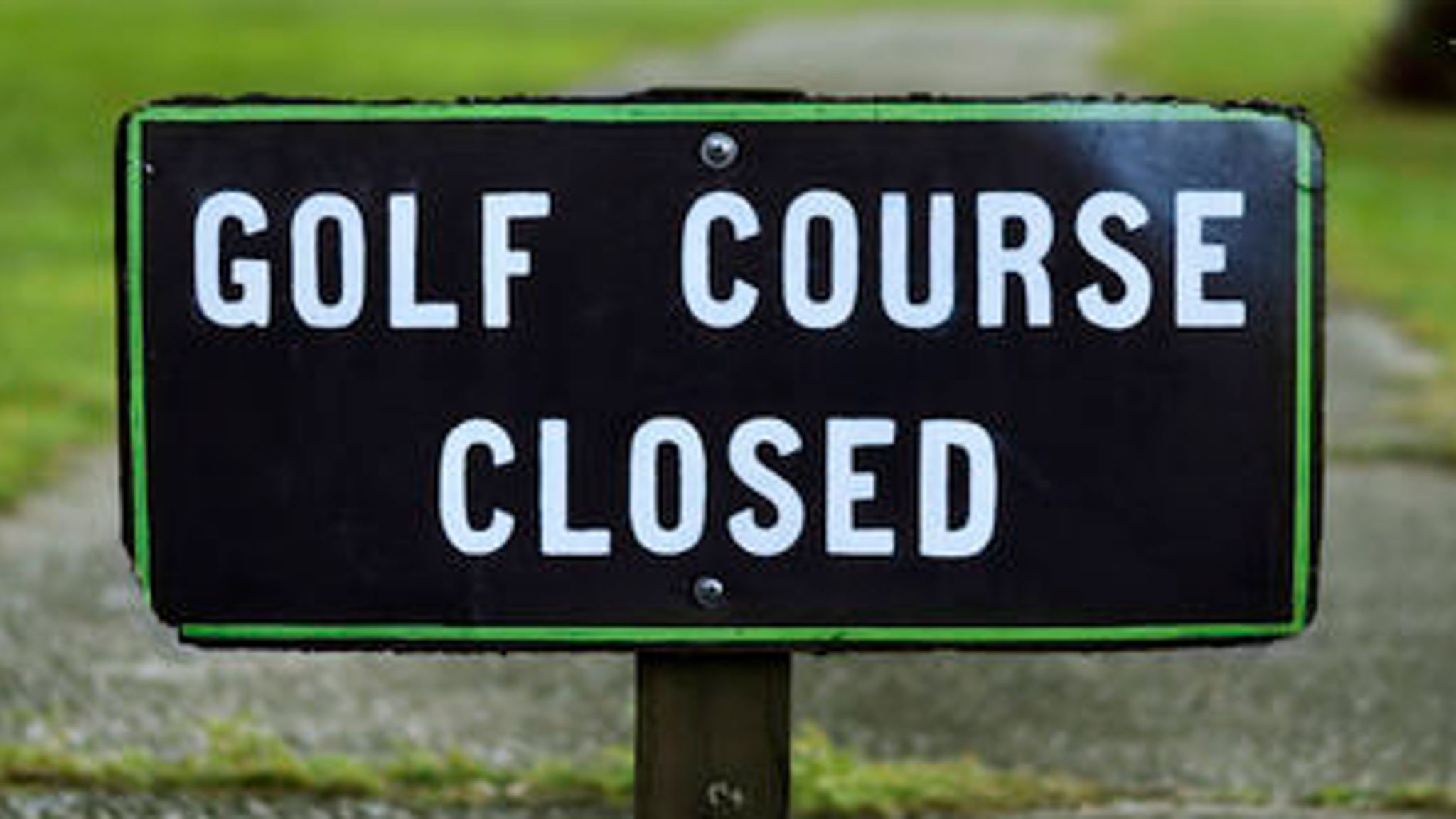
The Past, Present, and Future of Women in Golf in the UK
Will Brown | 8th, Jan 2025
Golf in the UK has a long and storied history, but it has also been a sport traditionally dominated by men. Women have faced significant challenges in gaining equal access to golf courses, clubs, and opportunities. However, recent years have seen a shift, with female participation on the rise, driven by cultural changes and targeted initiatives. This article explores the historical barriers women faced, current participation trends, and the future outlook for women in golf.
Historical Context
Historically, women have been underrepresented in golf. Exclusive membership policies at prestigious clubs were a glaring barrier. For example, Muirfield, one of golf's most famous clubs, excluded women from membership until as recently as 2017 (Wikipedia).
Current Participation Trends
In recent years, there has been a significant increase in female participation in golf across the UK. According to data from The R&A, 20% of adult golfers on full-length courses in Great Britain and Ireland were female in 2022, compared to just 15% in 2019 (https://www.randa.org/en/articles/participation-growth-in-great-britain-and-ireland).
The COVID-19 pandemic acted as a turning point for women’s participation. With people seeking safe outdoor activities, golf became an attractive option. Nearly 1.5 million women played at least one full round of golf in 2020, a figure that more than tripled compared to previous years (https://golfbusinessnews.com/news/new-products/etiqus-launches-womens-collection/).
Community groups and initiatives have also played a critical role. Organisations such as the UK Women’s Golf Community and The Ladies Golf Lounge have created supportive networks, fostering a sense of belonging among women golfers and encouraging more participation (Golf Monthly).
Challenges and Opportunities
Despite the positive trends, challenges remain. The sport’s perception as elitist and expensive continues to deter some women. Additionally, the lack of visibility of female golfers in media compared to their male counterparts creates a gap in role models for young women.However, opportunities abound. The UK Government’s signing of The R&A’s Women in Golf Charter signifies a strong commitment to inclusivity (https://www.randa.org/en/key-projects/women-in-golf-charter).
Moreover, figures like Sarah Stirk, who was appointed as an independent director at England Golf, are championing equality and diversity, aiming to make impactful changes in the sport (https://www.golfmagic.com/news/england-golf-director-sarah-stirk-discusses-future-womens-golf-and-how-she-aims-really-make).
Future Outlook
The future of women in golf in the UK looks promising. Initiatives to reduce barriers to entry, such as beginner-friendly programs and increased access to affordable equipment, are likely to attract more women to the sport. The increased focus on representation and community building will also play a vital role in sustaining this growth.
Additionally, the rise of young female golfers competing on global stages could inspire a new generation. The combined efforts of organisations, clubs, and advocates suggest that the growth in female participation is not a temporary trend but a sustainable movement toward a more inclusive sport.
Conclusion
While women in golf have historically faced significant barriers, the tide is turning. With increasing participation and structural changes, the sport is becoming more accessible and inclusive. The past has been a story of exclusion, but the present and future hold the promise of equality and growth for women in golf.
Related Blogs

Why Golf Clubs need a CRM System:
Customer Relationship Management (CRM) systems are essential tools for modern businesses, and golf clubs are no exception...

1 in 6 Golf Clubs in Britain Face Potential Closure:
A recent article by Golfshake reveals a stark reality: 1 in 6 golf clubs in Britain are at risk of closure..

How Golf Clubs Are Using Social Media:
In today's digital age, UK golf clubs are increasingly leveraging social media to boost tee time bookings and expand memberships.
Navigation
Navigation
© Copyright 2022. Expand Media. All rights reserved.
